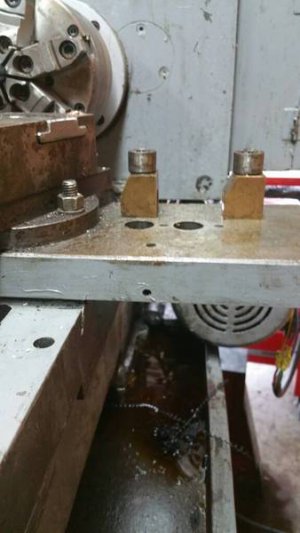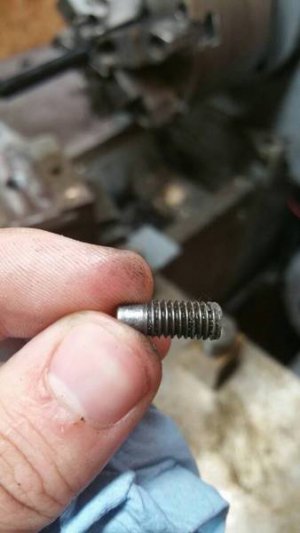- Joined
- Jun 12, 2016
- Messages
- 14
Hey everyone I have an old enco 110-2075 and it has quite a bit of play in the cross slide dial. If the brass nuts are to blame then where can I go to get some made? can I fix it myself? Can I add a dro and just forget it?
Sent from my SAMSUNG-SM-N910A using Tapatalk
Sent from my SAMSUNG-SM-N910A using Tapatalk


